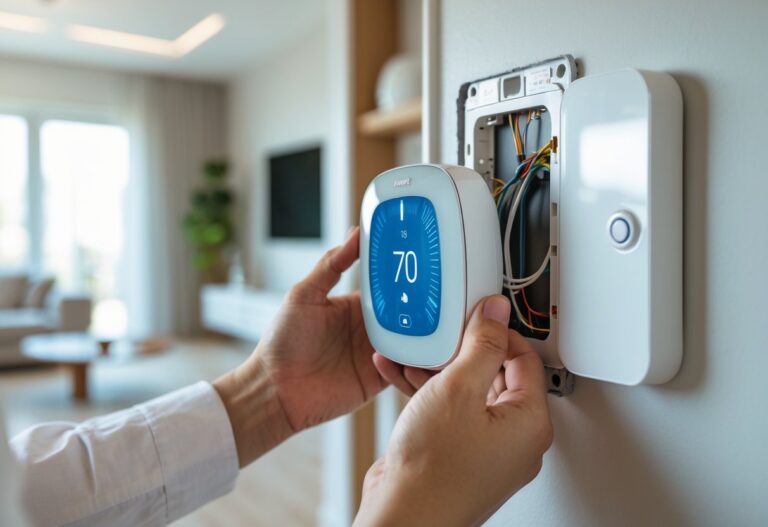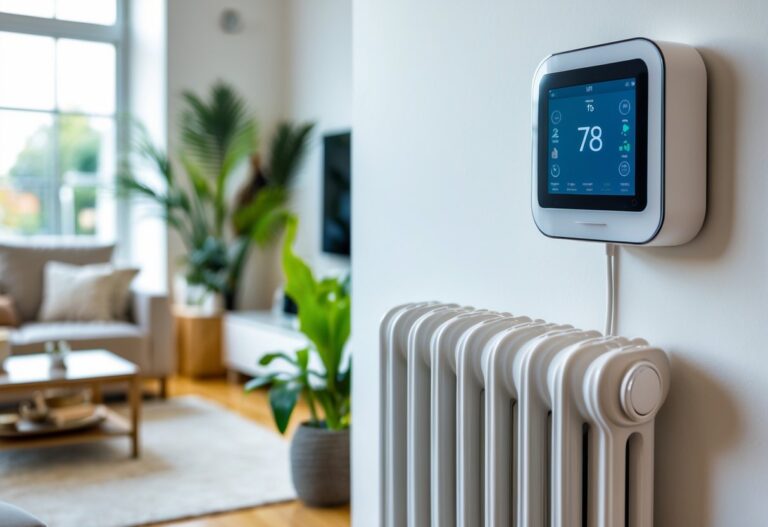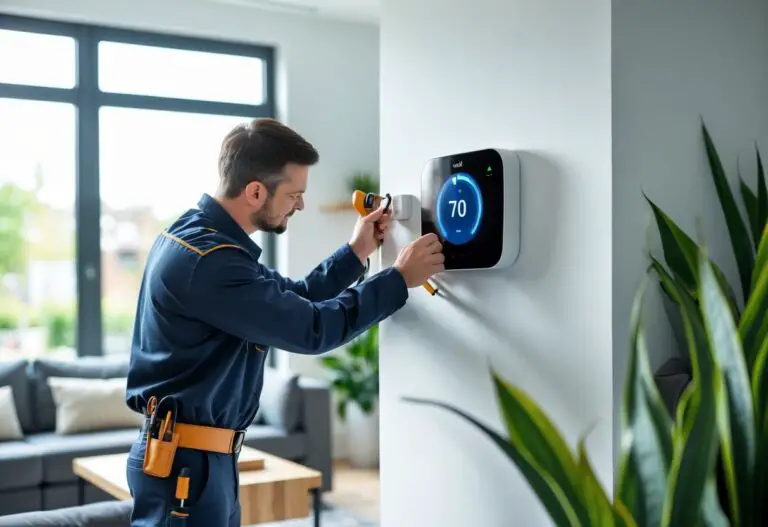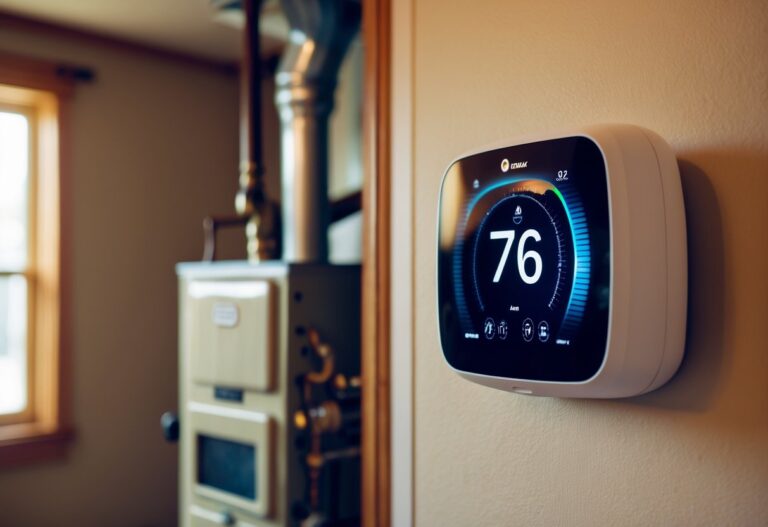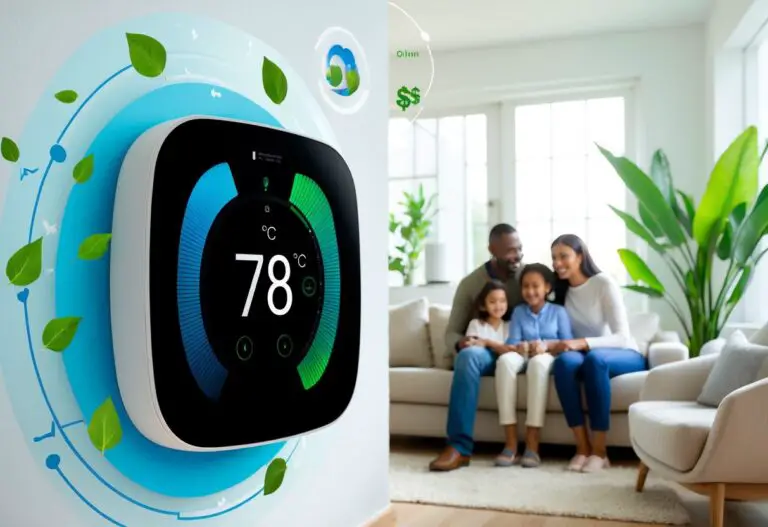Smart thermostats have become a popular upgrade for homeowners wanting more control over their energy use and comfort. But when you shop for one, the price tag is often much higher than a standard thermostat, and you might wonder if they’re really worth the extra money. Smart thermostats are so expensive because they use advanced technology, sensors, and hardware that connect to WiFi and learn your routines, making them much more complex than traditional models.
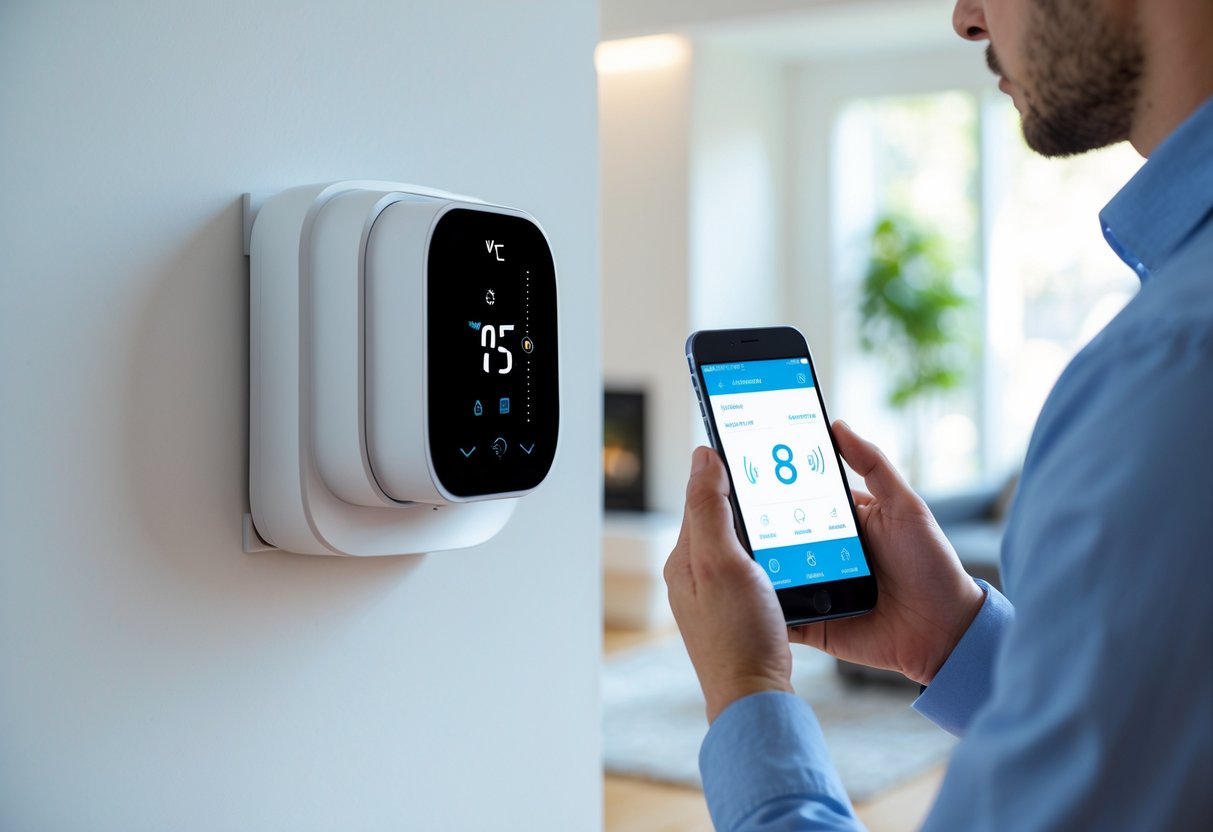
Besides their ability to be controlled remotely and fit into smart home systems, these devices include features like motion sensors, geofencing, and detailed energy reports. Other hidden costs include the need for special wiring or professional installation, and not every home’s system is compatible. Even so, many buyers are drawn to the potential energy savings and convenience these thermostats can offer.
Key Takeaways
- Smart thermostats cost more because of their advanced technology.
- Extra features and installation needs add to the overall price.
- Their value comes from added convenience and possible energy savings.
What Drives Smart Thermostat Prices
Smart thermostats cost more than basic models due to several key factors. These devices use advanced hardware and software to provide improved temperature control, convenience, and smart home integration.
Advanced Technology and Sensors
Smart thermostats use a range of high-quality internal components, such as touchscreens, WiFi modules, and multiple sensors. These sensors can detect temperature, humidity, and sometimes even motion.
- Motion sensors help the thermostat determine if you are home or away, allowing your heating and cooling system to adjust automatically.
- Humidity sensors can provide more precise comfort control.
To handle all these tasks, smart thermostats often need more expensive chips and internal wiring. The need for reliable connectivity and real-time performance also increases manufacturing costs. Basic thermostats do not include these advanced components, which is one reason for the price gap.
AI Learning and Automation Features
Many smart thermostats use AI learning algorithms to “learn” your habits over time. They analyze when you are home, your preferred temperature settings, and daily routines.
This allows the thermostat to create a custom heating and cooling schedule without you having to program it. For example, the device may notice you leave for work at 8 a.m. and adjust the temperature automatically to save energy while you’re gone.
Some models also track and record your energy usage. You can review this data to make better decisions on temperature control. The research, development, and ongoing software updates needed to maintain these features add to the final cost.
Smart Home Integration Capabilities
Smart thermostats are designed to work seamlessly with other smart home devices. Popular models often support Amazon Alexa, Google Home, and Apple HomeKit.
This lets you control temperature using voice commands or your smartphone. Some models can connect to other smart sensors, security systems, or even window sensors for better automation.
Building support for multiple smart home platforms requires extra software development and testing. Making sure these devices stay updated and secure for your home automation network also means a higher price compared to standard thermostats.
| Feature | Standard Thermostat | Smart Thermostat |
|---|---|---|
| WiFi Connectivity | No | Yes |
| Motion/Humidity Sensors | No | Yes |
| AI Learning/Scheduling | No | Yes |
| Smart Home Integration | No | Yes |
| Remote Access | No | Yes |
Key Features That Add to the Cost
Smart thermostats often cost more than basic models because they include high-tech functions, energy-saving tools, and advanced materials. You pay extra for features that simplify controlling your home’s climate and can help lower your energy costs over time.
Energy Efficiency and Savings
One main reason for the higher price of smart thermostats is their advanced energy management systems. Devices like the Nest Learning Thermostat and ecobee automatically learn your schedule, sense when people are home, and adjust the temperature to save energy.
These thermostats can help save money by turning down heating or cooling when you are away. Many models also provide energy usage reports, so you can see where you are using the most energy and make changes.
Motion sensors and detailed scheduling make it easier to run your heating and cooling only when needed. This focus on energy efficiency can help reduce monthly utility bills, often leading to long-term savings.
Remote Access and Voice Control
Most smart thermostats allow you to control your home’s temperature from anywhere using a smartphone app. With remote access, you can adjust settings before you arrive home or turn off the system if you forget. This adds convenience but also comes with the cost of extra hardware like Wi-Fi modules and secure connections.
Voice control is another premium feature. Many smart thermostats work with Alexa, Google Assistant, or Apple HomeKit. This means you can set the temperature, check the weather, or change modes with a simple voice command.
| Feature | Benefit |
|---|---|
| Remote Access | Adjust temps when away |
| Voice Control | Hands-free adjustments |
| App Support | Easy scheduling and reports |
Including these tools requires better components and software, increasing the device’s overall price.
Brand Premiums: Nest, ecobee, and Google Nest Thermostat
The price also depends on the brand you choose. Well-known brands like Nest, ecobee, and the Google Nest Thermostat are often more expensive than no-name smart thermostats. This is not just because of their design, but also their advanced technology and support.
Buying a branded thermostat usually means you get reliable updates, customer service, and integration with other smart home devices. For example, the Nest Learning Thermostat learns from your habits and regularly updates itself for better performance.
Brand-name devices use high-quality materials, like touchscreens and sturdy casings, and often have longer warranties. These brand premiums can add $100 or more to the price compared to basic models, but many users see value in the extra features and reliability.
Installation, Compatibility, and Ongoing Value
Installing a smart thermostat involves more than just swapping out your old unit. The type of HVAC system you have, the wiring in your home, and the way you choose to install the device can all affect the experience and cost.
HVAC System and Common Wire Requirements
Many smart thermostats need your HVAC system to have a common wire (C-wire). This wire provides constant power needed for WiFi connectivity and advanced features.
Older homes or systems may not have a C-wire. If your setup is missing this, you might need to run new wiring or choose a model that offers power adapters or alternative solutions. Checking compatibility is key before making a purchase.
Not all regular thermostats need a C-wire. Most older models run on batteries or use less power, so adding a smart thermostat can reveal wiring issues you never noticed before. Always consult your HVAC system’s manual or a professional if you’re unsure.
Professional vs DIY Installation
You can try to install a smart thermostat yourself, but the process can be tricky. Wiring requirements are usually more complex than with a regular thermostat, especially if a C-wire is missing.
If you’re comfortable with basic electrical work and following clear instructions, DIY installation is possible. Many brands offer step-by-step guides or even phone support. Still, incorrect installation can damage your HVAC system or the device.
Hiring a professional is more costly but safer, especially for complicated setups or nonstandard wiring. Costs vary but often range from $100 to $200 for basic service. Some smart thermostat brands partner with certified installers to ensure reliability.
Long-Term Cost Benefits
Smart thermostats can lead to energy savings and lower monthly bills, but results vary. They help by learning your habits and adjusting heating or cooling to avoid waste—features most regular thermostats lack.
If you travel often or have a routine schedule, you may see more savings than if someone is always home. Some models use geofencing or motion sensors to optimize performance.
While the upfront cost and installation fees are higher, the ongoing value comes from reduced energy use, convenience, and maintenance reminders. Over time, these benefits can help offset the initial investment, though the exact savings depend on your lifestyle and HVAC system efficiency.
